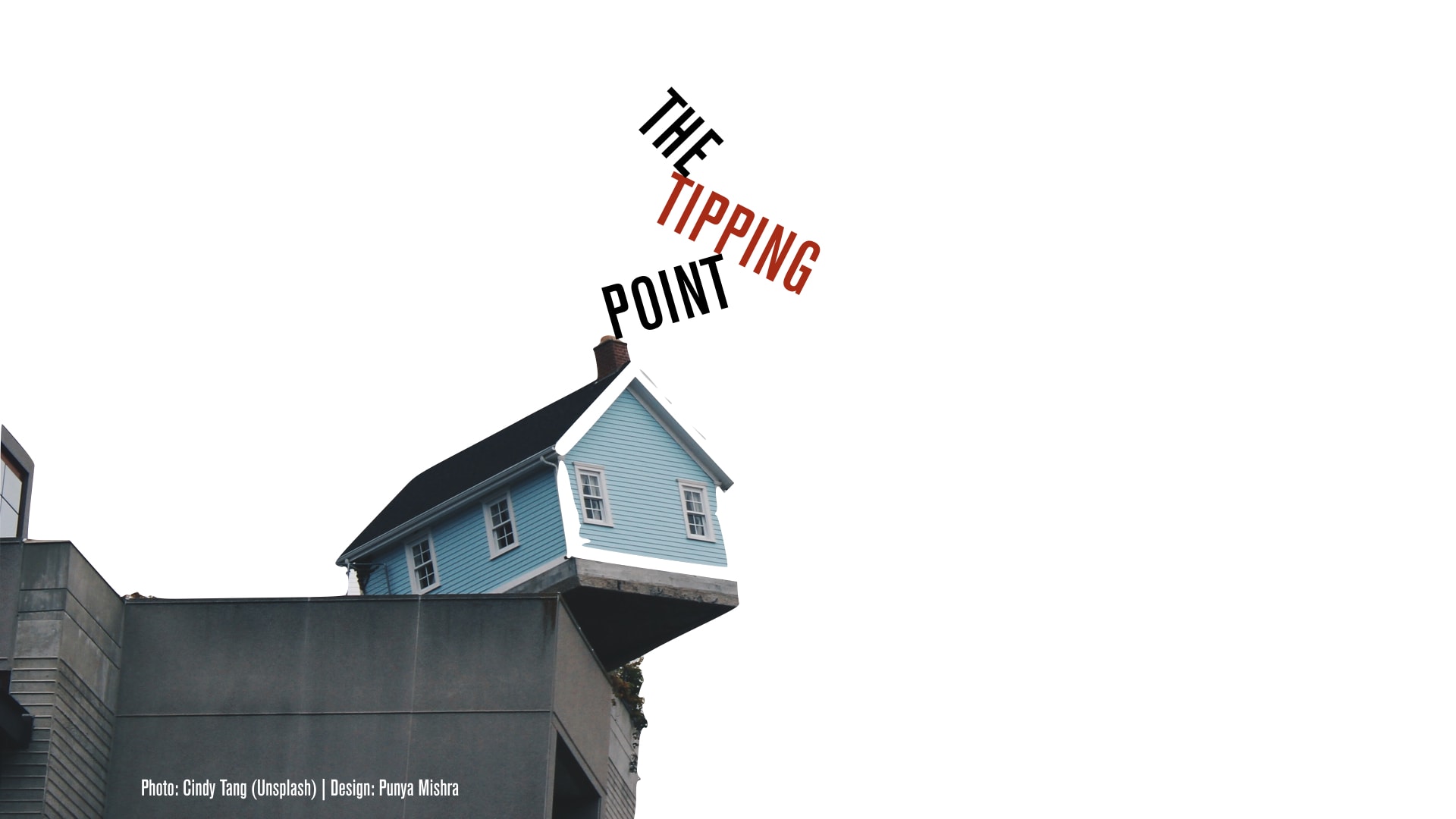The reductive seduction of other people’s problems, Illustration by Punya Mishra
Anurag Behar forwarded an article: The Reductive Seduction of Other People’s Problems, which I really think is a must-read for any of us involved in education or development. The points made in the article have particular resonance for us here at the Mary Lou Fulton Teachers College as we seek to connect our research and practice with schools and communities.
Below are some thoughts prompted by the article that I shared with my colleagues here at ASU, edited lightly for this posting, though I do recommend reading the entire article it for yourself.
First, the idea of “reductive seduction of other people’s problem,” which I take to mean that the further we are from an issue the easier it seems to solve, is a powerful idea. It is an idea we are familiar with, but it is good to have a phrase to put on it. We know this because we understand that context and perspective matter. This is why the innovation engine work we do is driven by the concerns of the community, or the schools or teachers. This is why we seek to bring all parties into the conversation into the process. This is why we seek to embed ourselves (either through our design work, or through the rethinking of the site coordinators roles) in the contexts we seek to work in. This means that…
… second, we need to think hard about our inclusiveness – and how we define the “other.” Many of us have been challenged by the “tone-deaf” nature of Betsy DeVoss’ comments about public education (wither K12 or higher ed) and the solutions she is seeking to support. I wonder how much of it is due to this process of “reductive seduction” of other people’s problems – the operative word here being “other” – having never been in these contexts, and never having truly understood it, the problem appears simple to solve.
This is akin to something Anurag said a few years ago at AERA regarding the role of data in assessment and evaluation of programs (and I am going to paraphrase him).
The need for data is proportional to the distance we have from the actual context, i.e. the further we are from the situation on the ground, the more we need data to help us understand. The closer we are, the deeper we are embedded, the more we understand nuance, the less the need for a certain kind of data, since we have a textured understanding of what is really happening.
I am not trying to make a political point here – but rather raising it as an issue that we need to be sensitive to. It is this distance we have to be wary about. Which leads to the …
… third point, the need for humility in our own plans and capacities. In this work that we are doing in the innovation engine (and I believe in it and am committed to it) we need to be sensitive that we do not fall into the same trap. That we do not become reductive in our thinking, that we not create that “other” who we can speaking glibly about. Our commitment to collaborative participatory design should never be forgotten. Specifically…
… and finally, there are three sentences from towards the end of the article that I want us to remember as we move forward with this work:
- Don’t go because you’ve fallen in love with solvability. Go because you’ve fallen in love with complexity.
- Don’t go because you want to do something virtuous. Go because you want to do something difficult.
- Don’t go because you want to talk. Go because you want to listen.




0 Comments